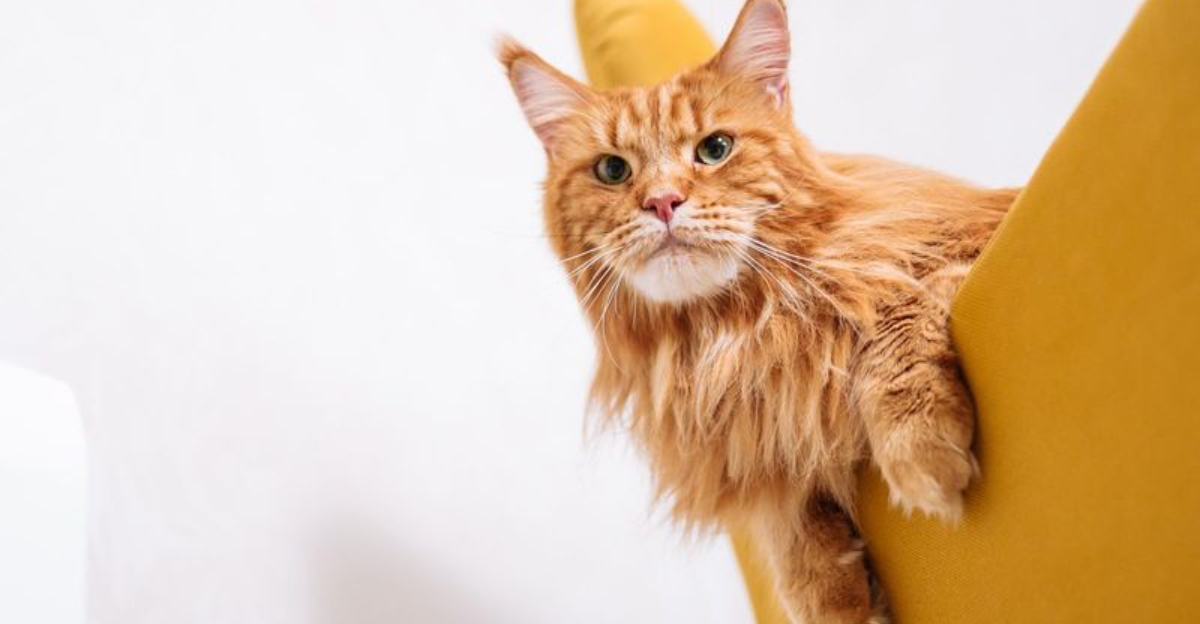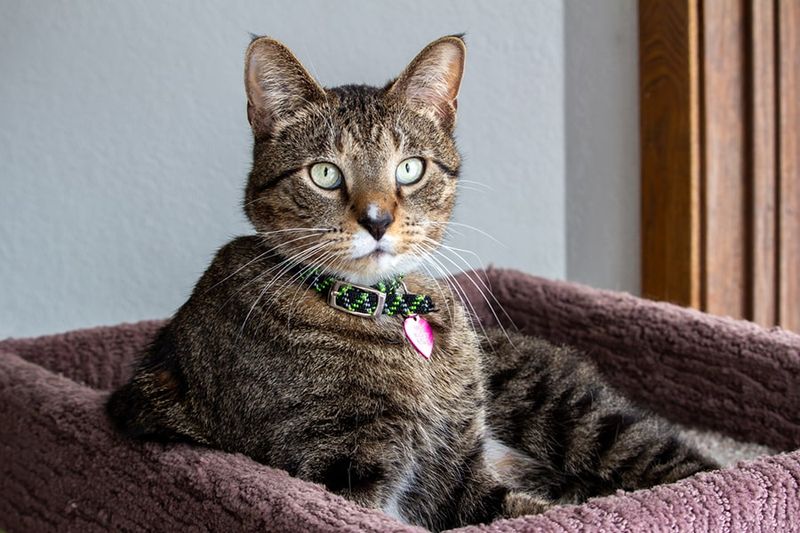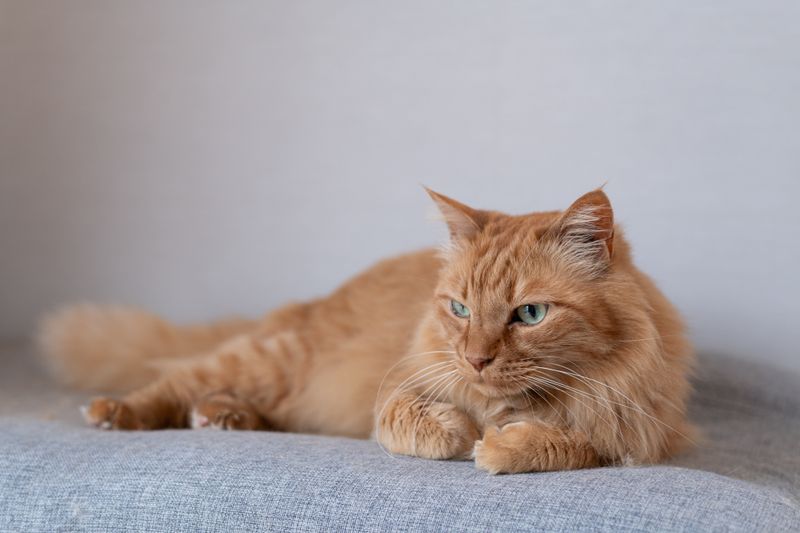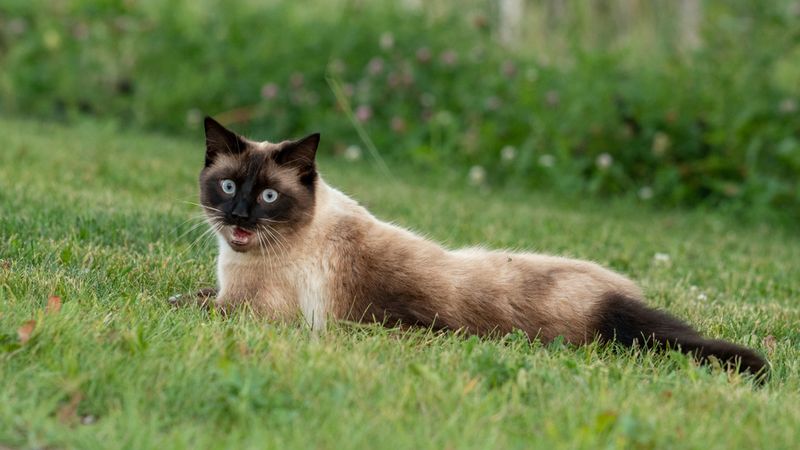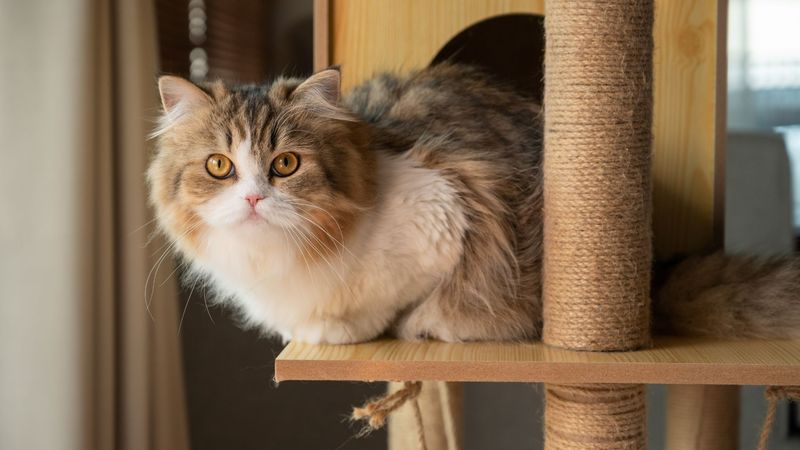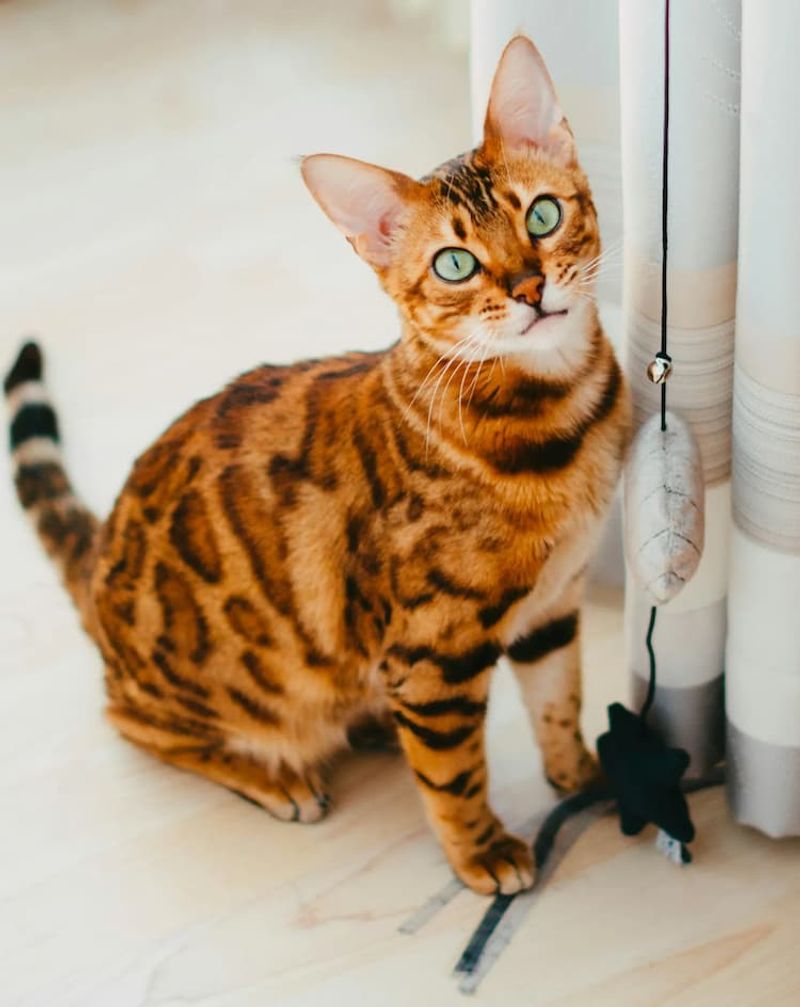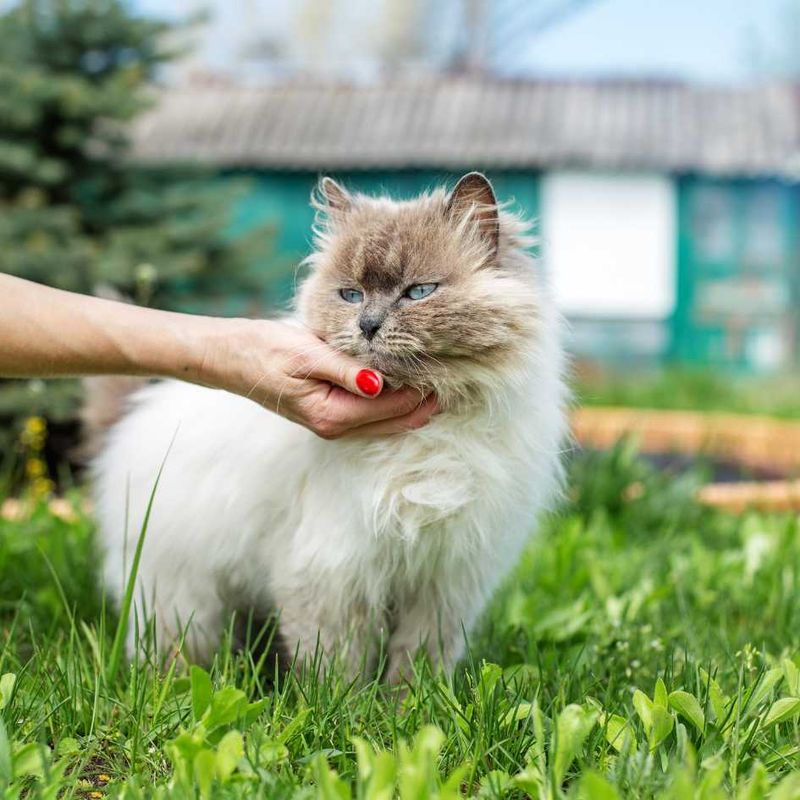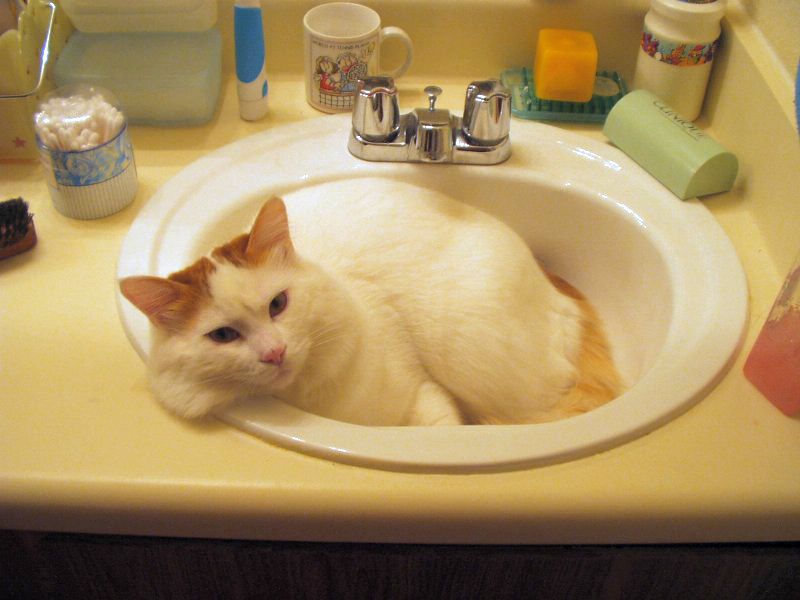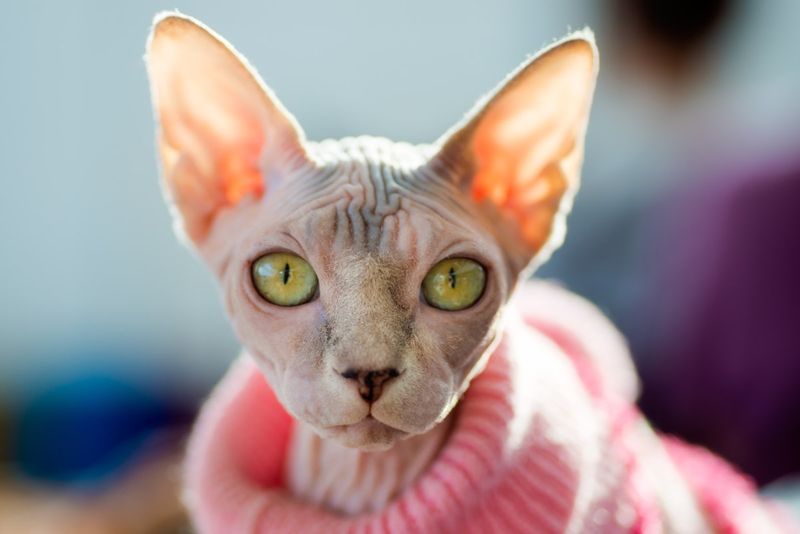📖 Table of Content:
When we think of shelter animals, it’s easy to assume most are strays or unidentifiable mixed breeds. But the truth is, many cats that end up in shelters across the United States are actually from specific, often popular breeds. While their appearance or reputation may attract eager adopters, the reality of caring for these cats can be far more demanding than anticipated. From high-maintenance grooming to unexpected personality quirks, these challenges often lead to heartbreaking surrenders.
Some of the most surrendered cat breeds are among the most beautiful, intelligent, and affectionate. However, what makes them special is also what makes them misunderstood. Many people adopt based on looks or breed stereotypes, not realizing that each cat has complex needs—whether it’s a Bengal’s constant need for stimulation, a Persian’s extensive grooming routine, or a Ragdoll’s desire for near-constant companionship. Without proper research or preparation, even the most well-meaning cat lover may find themselves overwhelmed.
In this article, we’re shedding light on “The Lonely Dozen”—the 12 cat breeds most often surrendered to shelters by American pet owners. By understanding the reasons behind these patterns, we hope to raise awareness, promote responsible adoption, and help more cats find homes that truly understand and embrace them for who they are.
1. Domestic Shorthair
Far and away the most common cats in American shelters, Domestic Shorthairs are the every-cat of the feline world. These mixed-breed beauties come in every color and pattern imaginable, with personalities as diverse as their looks. Because they aren’t a standardized breed, they often don’t get the spotlight that purebreds receive. Yet, they make up nearly 70% of the shelter cat population. Often the result of accidental litters or unchecked reproduction, their numbers grow faster than homes can take them in. Many people assume they’ll be low-maintenance, but even these cats need time, love, and care. Their adaptability makes them excellent companions for many households. Still, their sheer abundance sadly makes them easily overlooked and all too often surrendered.
2. Domestic Longhair
You’d think their lush coats and regal appearance would make them highly sought after, but Domestic Longhairs are surrendered just as frequently as their short-haired cousins. Their grooming needs are more than most expect, especially when mats and tangles start to form. These cats aren’t a single breed, but rather a category of mixed-breed cats with long fur. They can be calm or playful, aloof or affectionate—completely unpredictable. Sadly, many owners adopt them for their beauty without realizing how much upkeep is required. Their fur can hide health issues like skin infections or weight problems, which go unnoticed until it’s too late. When vet bills or time commitments pile up, owners may opt to surrender. It’s a heartbreaking consequence of underestimating what longhaired cats really require.
3. Siamese
Elegant and endlessly chatty, Siamese cats bring drama and devotion into any home. They form strong bonds with their humans, but their constant vocalizing and demand for attention can surprise new cat owners. While they’re intelligent and loving, they often don’t tolerate being left alone for long periods. A bored Siamese can become destructive or anxious. Their piercing cries echo through apartments, creating conflict with neighbors or stress in busy homes. Some adopters underestimate just how social and interactive these cats are. What starts as a dream pet can become overwhelming in a household that’s not ready. Consequently, too many Siamese end up in shelters, misunderstood and heartbroken.
4. Persian
Luxurious, quiet, and sweet-natured, Persians are among the most visually iconic cat breeds. However, their needs go far beyond a brush and a cuddle. Daily grooming is a must to prevent painful matting, and their flat faces often lead to breathing issues and eye discharge. Many owners are unprepared for the financial and time demands of caring for this breed. Their gentle personalities make them poor fits for noisy homes or small children, which leads to mismatched placements. They are sensitive to change and can become withdrawn or ill in unstable environments. As vet bills rise or grooming falls behind, many end up surrendered out of sheer overwhelm. For a breed that thrives on calm and routine, shelter life is especially cruel.
5. Maine Coon
Towering over most other cat breeds, Maine Coons are affectionately called “gentle giants.” These sociable, playful cats win hearts with their dog-like behavior and majestic fluff. But that fluff sheds—constantly—and their large size requires more food and bigger litter boxes. They’re also prone to genetic heart conditions like HCM (hypertrophic cardiomyopathy). Enthusiastic adopters may not realize how big the commitment really is—literally and figuratively. These cats also crave attention and dislike being left out of family activity. When expectations clash with reality, some owners choose to surrender. Their loyalty deserves better than abandonment due to poor planning.
6. Bengal
Wild in looks and spirit, Bengals are not your average lap cat. They’re high-energy, vocal, and demand constant interaction and stimulation. Without daily exercise or engagement, they can become anxious or destructive. Some owners find themselves overwhelmed by the breed’s intensity. Bengals are smart enough to open doors, get into cabinets, and cause chaos when bored. Many are surrendered not because of aggression, but because their behavior is too much for casual cat owners. Their exotic appearance draws in admirers who don’t research their needs. These cats thrive with active, dedicated owners—but suffer greatly when that’s not provided.
7. Russian Blue
Despite their poised appearance and reserved demeanor, Russian Blues are sensitive souls who form deep bonds with their chosen humans. They are often shy around strangers and easily stressed by noise, change, or crowded households. For people seeking a low-key companion, their quiet elegance is ideal—but only in the right environment. If they’re constantly exposed to chaos or feel neglected, they may hide for hours or refuse to eat. Shelter life is particularly hard on them due to their anxiety around unfamiliar smells and people. Even in adoption events, they may not “show well,” leading to longer shelter stays. Many are surrendered due to behavioral issues that stem from stress. With patience and a calm home, though, they blossom into loving, loyal companions.
8. Himalayan
Born from the fusion of Persian and Siamese breeds, Himalayans inherit traits that make them both beautiful and challenging. Their luxurious coats demand daily brushing, and their brachycephalic faces can lead to chronic respiratory issues. Many adopters fall in love with their looks without considering the health challenges that come with them. These cats are affectionate but also highly sensitive to environmental changes. A Himalayan may refuse to eat or groom if stressed, leading to health spirals. Vet bills can become overwhelming quickly, especially if the owner wasn’t prepared. When grooming and health maintenance get out of control, surrender becomes the unfortunate next step. It’s a painful end for a cat who thrives on love and consistency.
9. Abyssinian
With their curious nature and almost canine-level energy, Abyssinians are not content to just sit on a windowsill. They want to be part of everything—cooking, cleaning, even Zoom calls. This makes them endlessly entertaining but also a lot of work. Some adopters find their constant activity overwhelming, especially if the cat becomes destructive when bored. They need enrichment, toys, vertical space, and frequent attention to thrive. Abyssinians don’t like being alone for long, and they don’t easily adapt to sedentary households. When their needs go unmet, they may lash out, leading some to believe they’re “difficult.” In reality, they’re just misunderstood athletes in need of the right playing field.
10. Ragdoll
Ragdolls live up to their name, going limp in your arms and craving human touch. Their docile nature makes them amazing companions, especially for gentle children or seniors. But this softness also means they don’t do well when left alone for extended periods. Many Ragdolls experience separation anxiety or depression when their people are too busy. They also tend to have sensitive stomachs and are prone to urinary issues. People who adopt them for their easygoing nature may be unprepared for the emotional and medical attention they need. As a result, some are returned when their calm demeanor turns into neediness or illness. These sweet cats deserve homes that match their emotionally connected hearts.
11. Turkish Van
Best known for their love of water, Turkish Vans are a unique breed with quirky habits. They’re athletic, intelligent, and independent, but not exactly low-maintenance. Their energy can be misread as aggression, and their love of climbing and exploration may frustrate some households. These cats are often misunderstood, especially when they react poorly to being handled or confined. Owners who expect a cuddly lap cat may feel disappointed and overwhelmed. When their strong personalities clash with expectations, surrender becomes a too-common outcome. Turkish Vans are best suited to adventurous owners with time and patience. In the wrong home, however, their brilliance becomes a burden.
12. Sphynx
At first glance, their hairless bodies make Sphynx cats seem like low-maintenance pets—but it’s quite the opposite. Their skin produces oils that, without fur to absorb them, require regular bathing. Without proper hygiene, they can develop skin infections and unpleasant odors. These cats also need extra warmth, clothing, or heated beds due to their lack of insulation. Their affectionate, almost clingy nature means they hate being left alone. Some people adopt them for their uniqueness, only to realize they require more work than expected. Allergies, costs, and misunderstandings often lead to abandonment. Yet with proper care, a Sphynx is one of the most devoted and amusing companions a cat lover could ask for.
